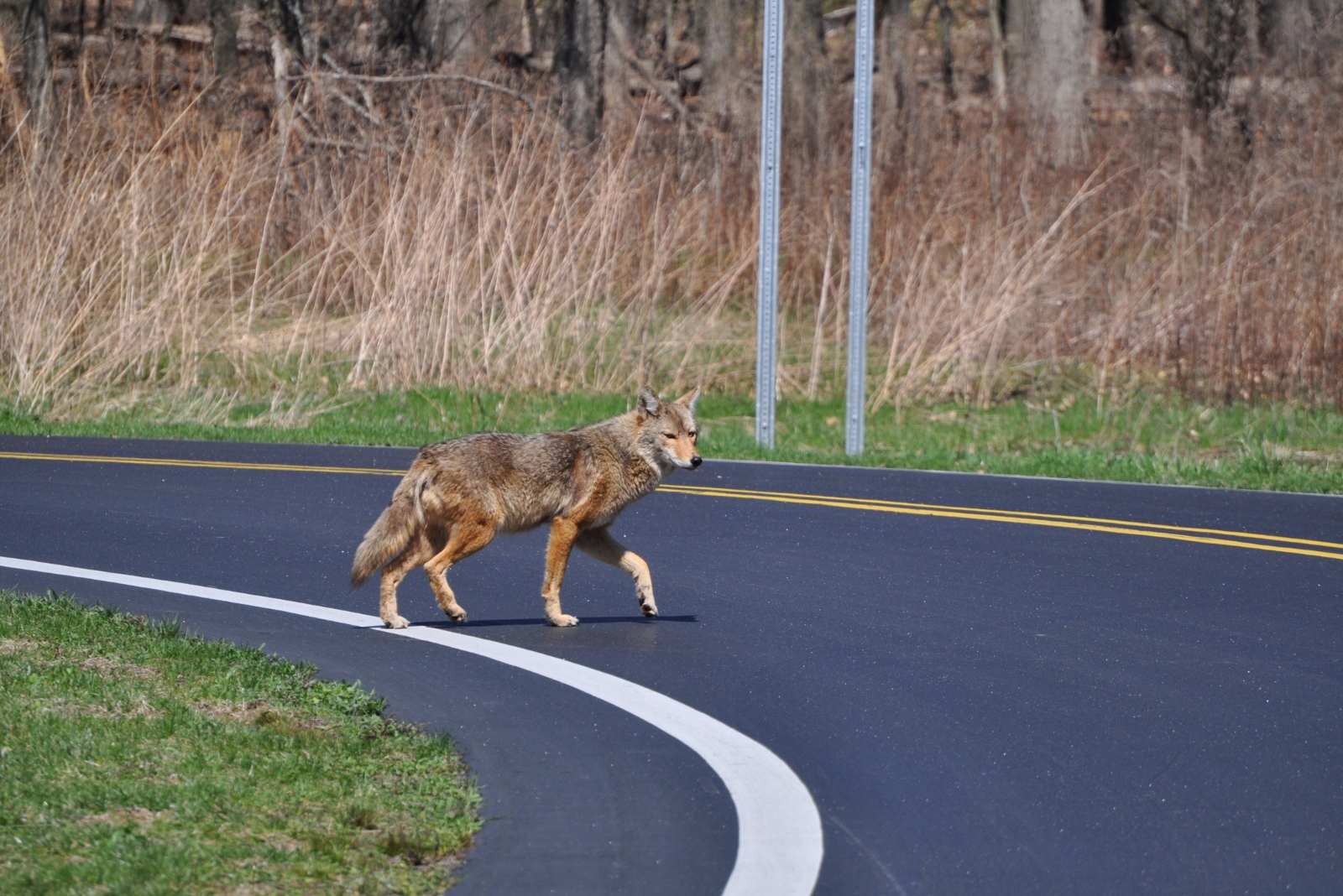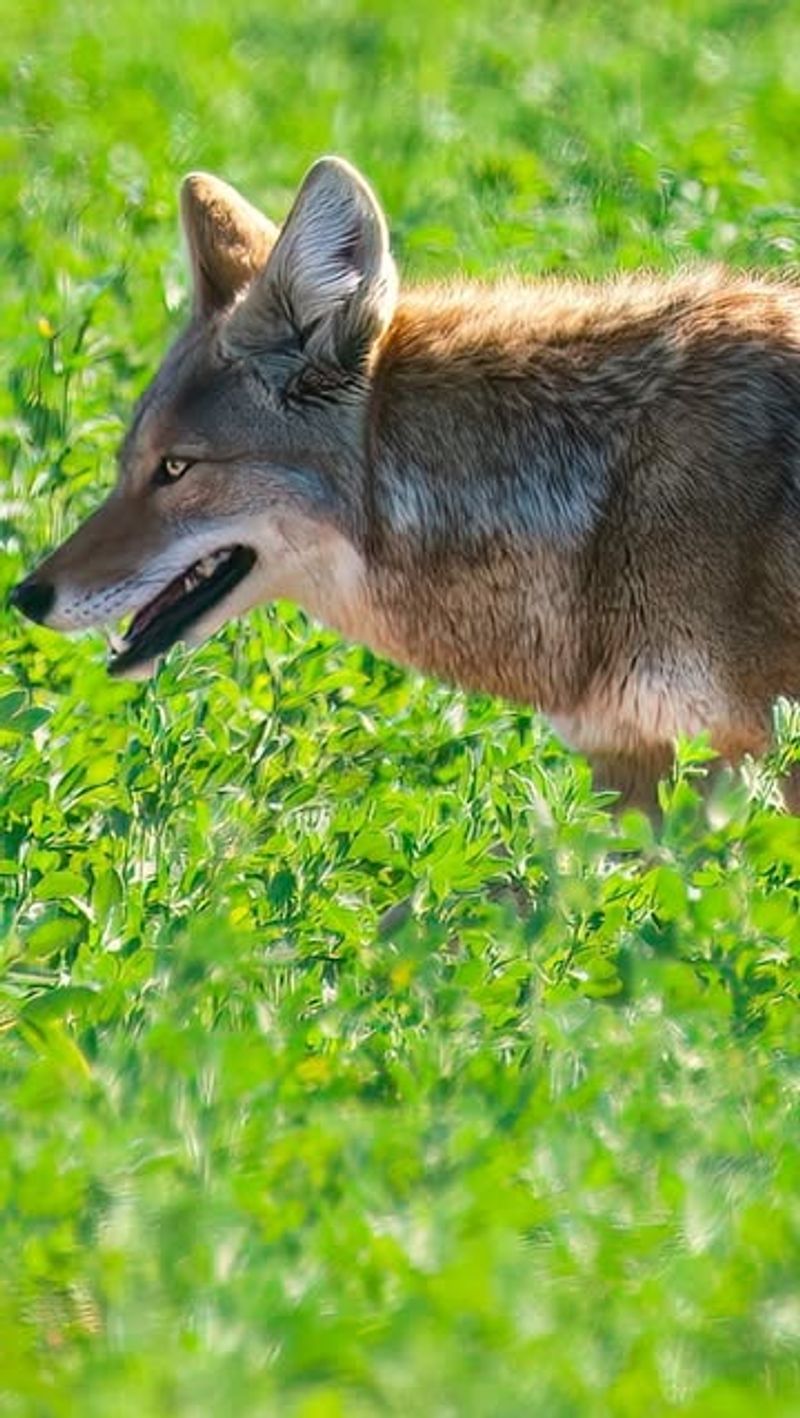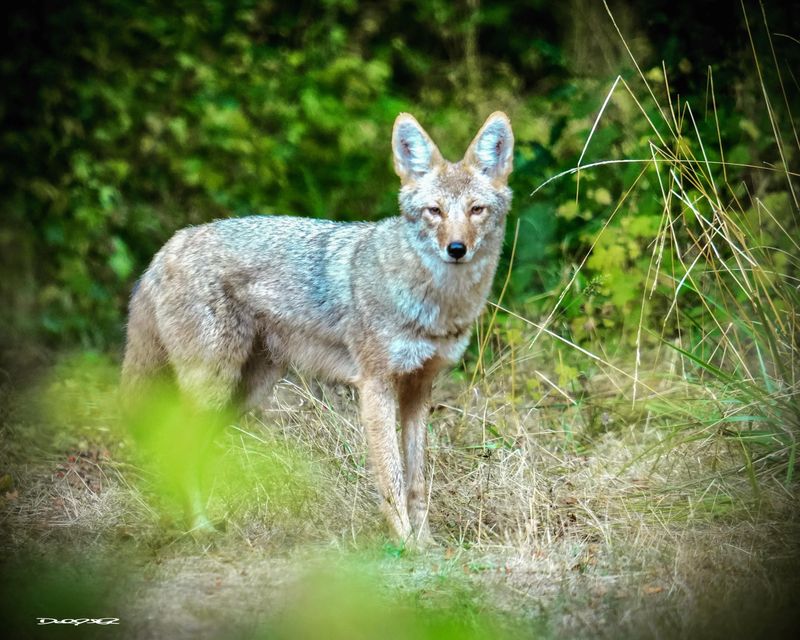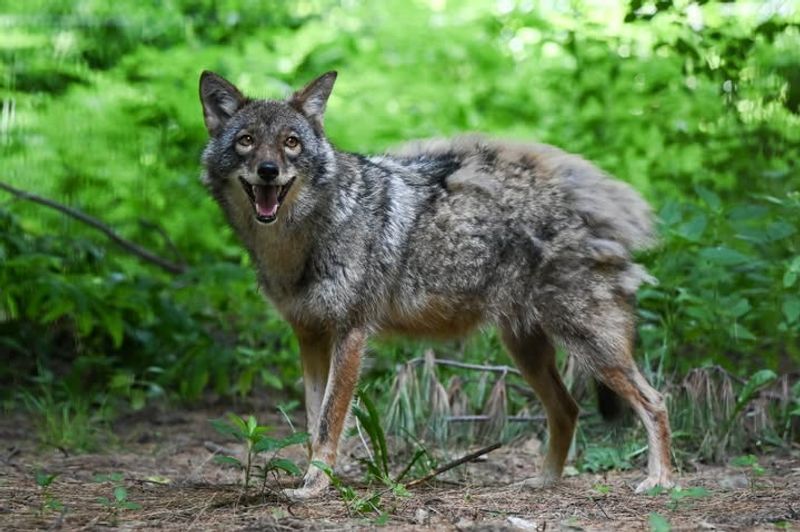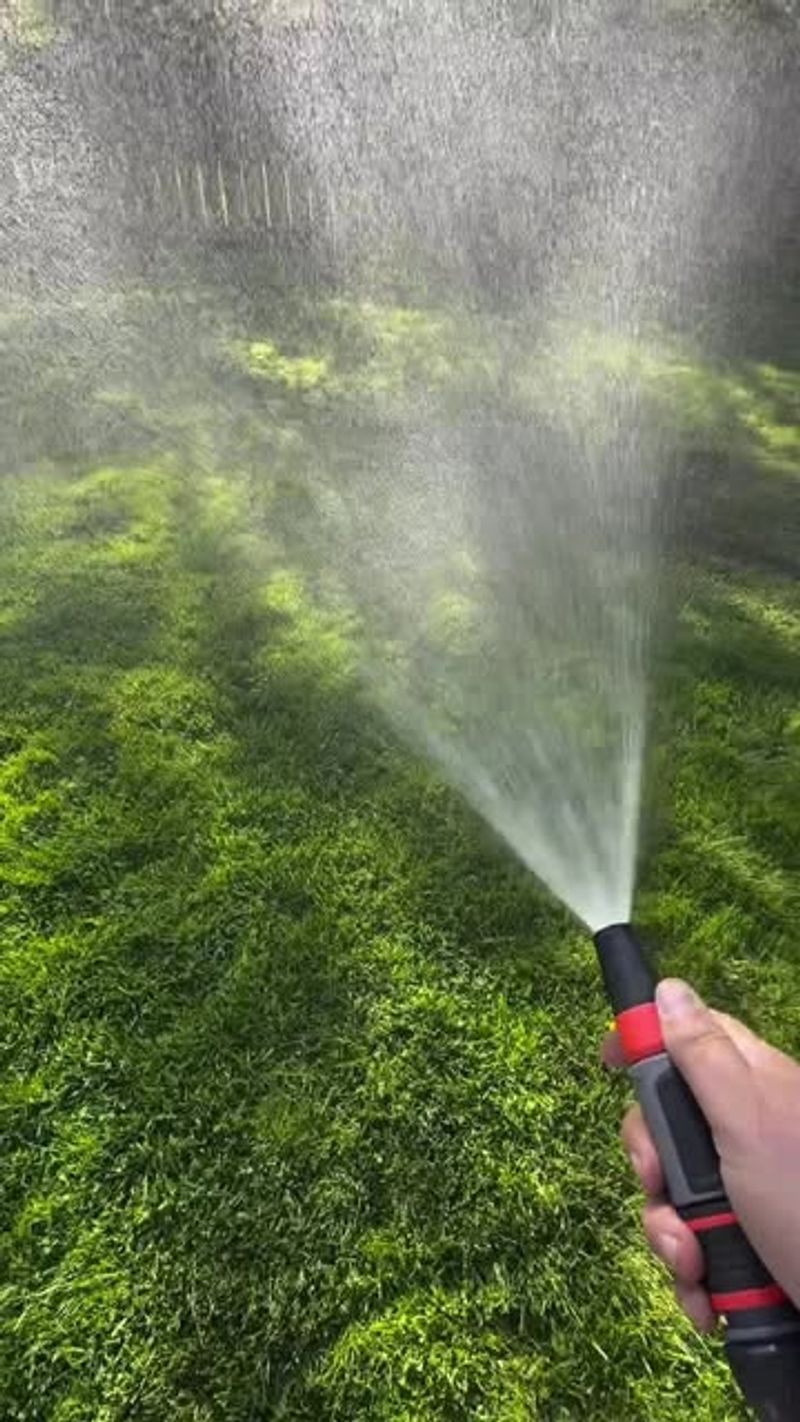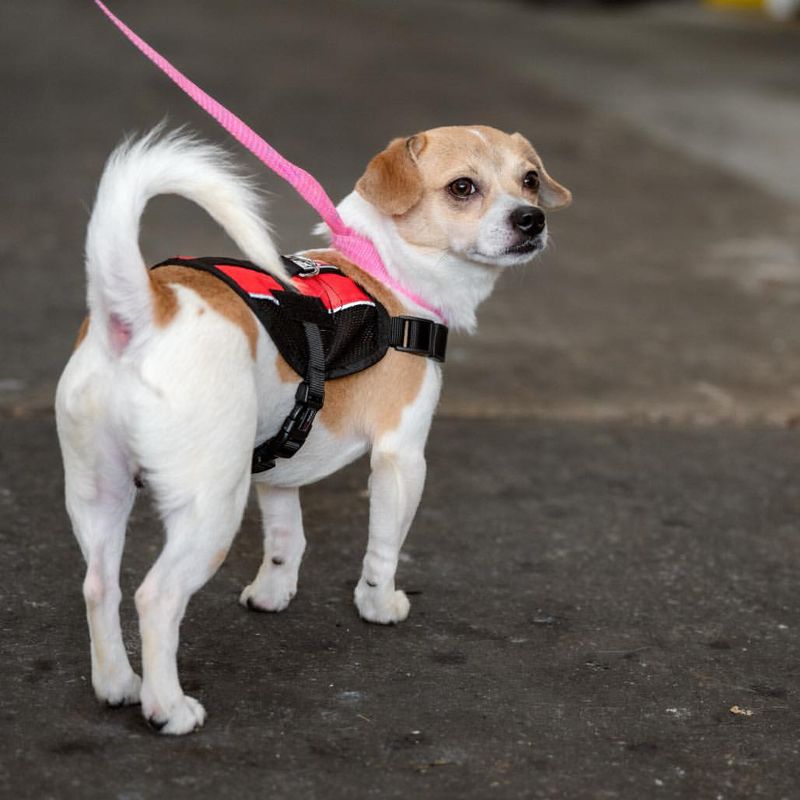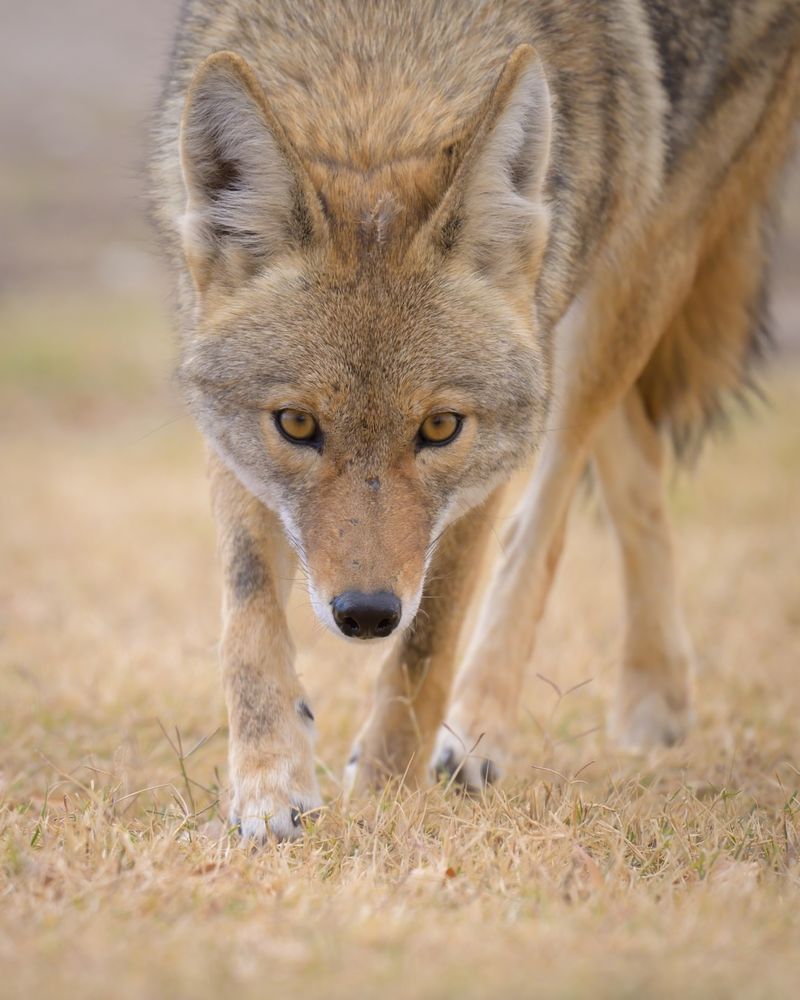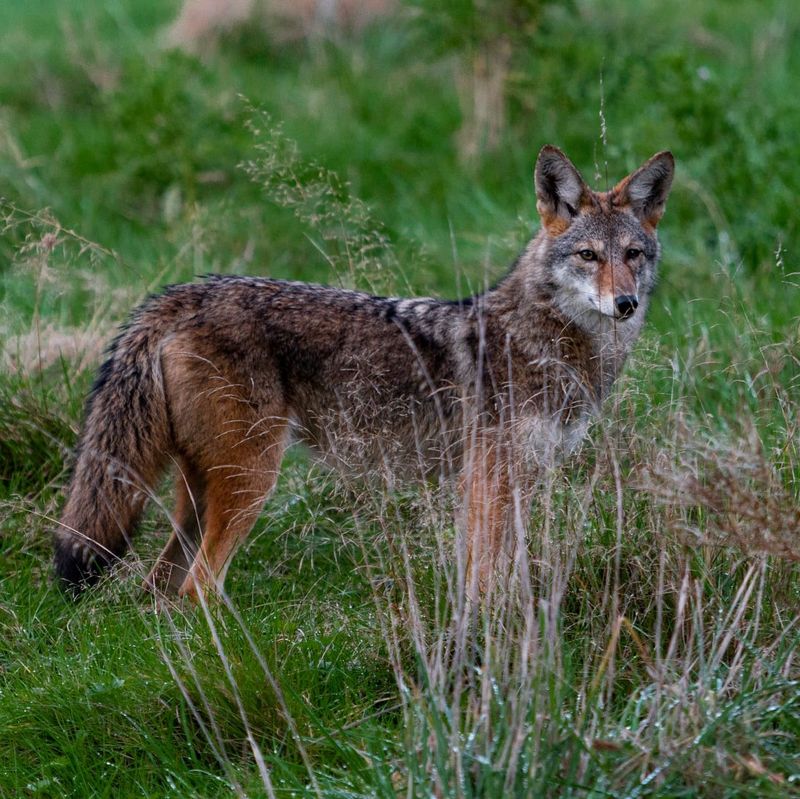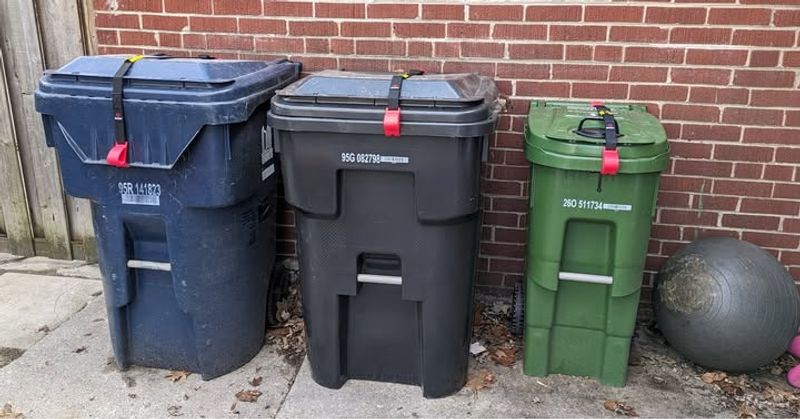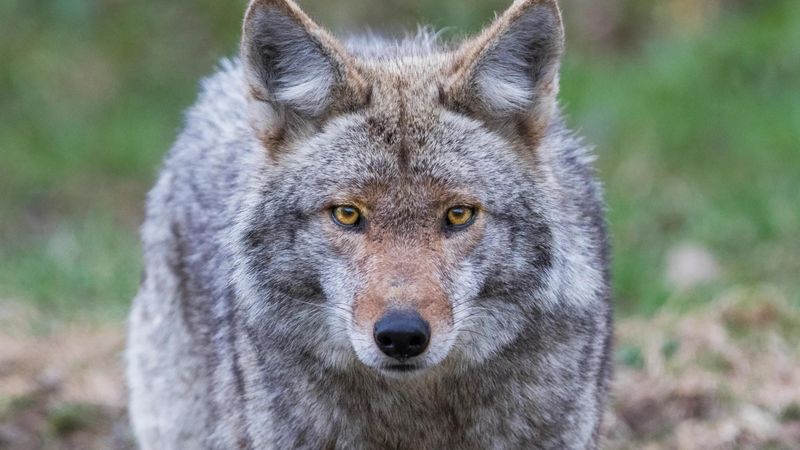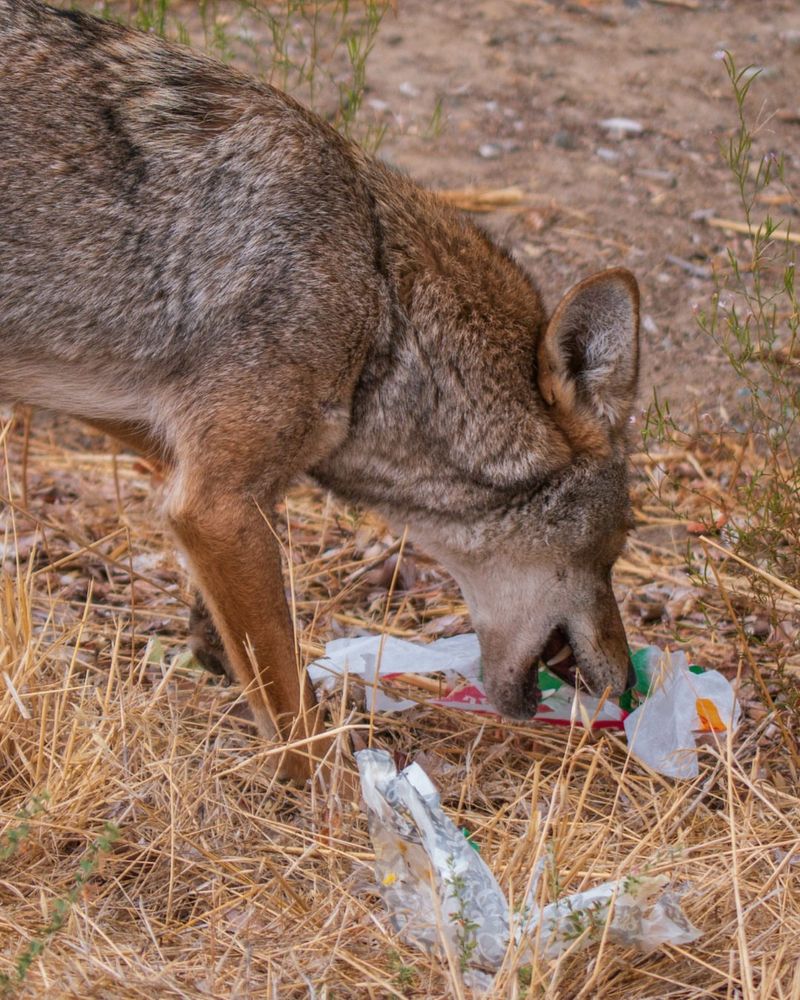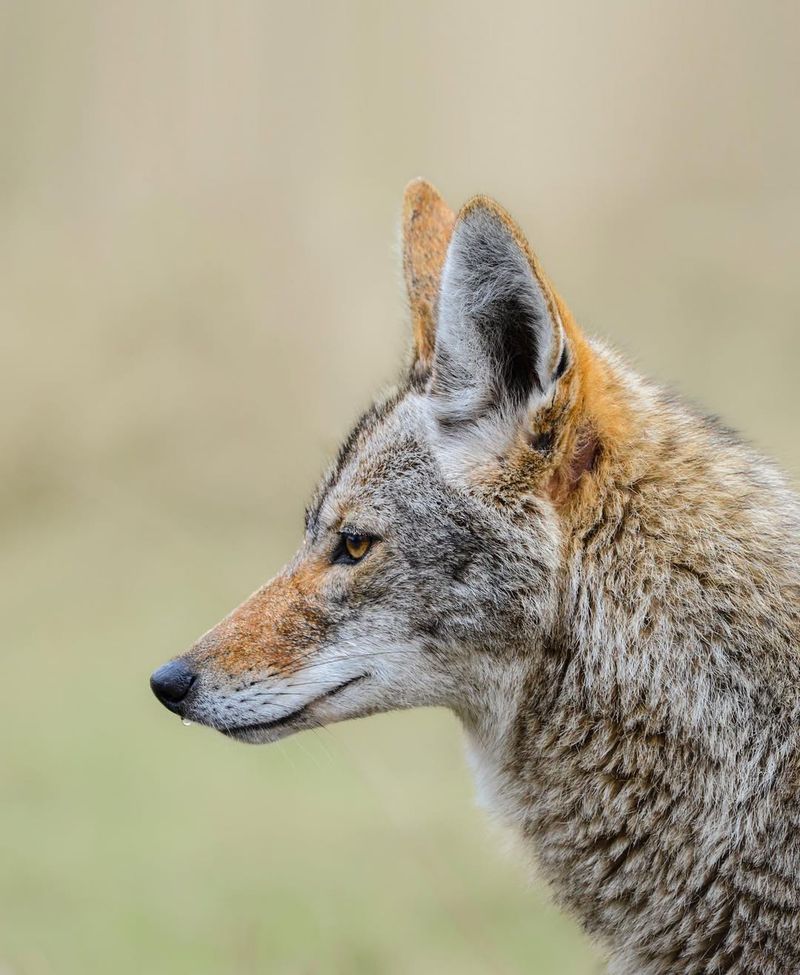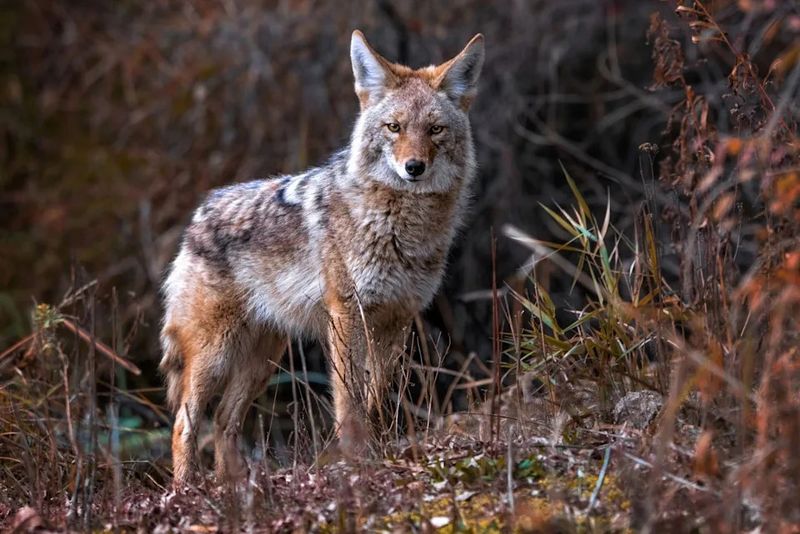Spotting a coyote in your Connecticut backyard can be startling, especially if you have kids or pets playing outside. Coyotes have become increasingly common in suburban areas across the state, and knowing how to react can keep everyone safe.
Whether the animal seems curious or aggressive, your response matters more than you might think. Understanding what to do—and what to avoid—can make the difference between a harmless encounter and a dangerous situation.
1. Make Yourself Look Big And Intimidating
Standing tall and raising your arms overhead sends a clear message to the coyote that you’re not prey. Wave your jacket, open an umbrella, or hold a blanket above your head to increase your apparent size.
Coyotes naturally avoid large threats, so this simple action can convince them to leave immediately. Combining this posture with loud noises makes the technique even more effective.
Never crouch down or turn your back, as these actions might trigger a chase response from the animal.
2. Yell Loudly And Make Aggressive Noises
Your voice becomes a powerful tool when dealing with wildlife encounters. Shout phrases like “Go away!” or “Get out of here!” in a deep, commanding tone that projects confidence and authority.
Banging pots and pans together, blowing a whistle, or using an air horn amplifies the effect. Coyotes learn to associate humans with unpleasant experiences, which keeps them from returning to your Connecticut property.
Consistency matters—everyone in your neighborhood should practice hazing techniques whenever they spot coyotes.
3. Throw Objects Near (Not At) The Coyote
Tossing sticks, small rocks, or tennis balls in the coyote’s direction reinforces that your space is off-limits. Aim for the ground close to the animal rather than directly at its body to avoid injury.
The sudden movement and noise create an uncomfortable situation that encourages the coyote to retreat. Keep a bucket of safe throwing objects near your back door for quick access during encounters.
This method works particularly well when combined with loud vocalizations and intimidating gestures.
4. Use Water From A Hose Or Sprinkler
Water creates an immediate and harmless deterrent that coyotes find unpleasant without causing any real harm. A strong spray from your garden hose or an activated motion-sensor sprinkler system sends coyotes running in the opposite direction.
Installing motion-activated sprinklers around your Connecticut property provides 24-hour protection, especially at dawn and dusk when coyotes are most active.
This approach works beautifully for people who feel uncomfortable with more confrontational methods but still want effective results.
5. Keep Pets On A Leash And Close To You
Small dogs and cats can look like prey to hungry coyotes, especially during breeding season or when food is scarce. Keeping your pet within arm’s reach on a sturdy six-foot leash gives you control over the situation.
If you spot a coyote in Connecticut, pick up small pets immediately and back away slowly while maintaining eye contact with the wild animal.
Never let your pets chase or bark aggressively at coyotes, as this can provoke an attack or defensive behavior.
6. Back Away Slowly While Facing The Coyote
Maintaining visual contact while creating distance shows the coyote you’re alert but not aggressive. Move backward in deliberate steps rather than turning around, which could trigger a predatory chase instinct.
Continue making noise and appearing large as you increase the space between you and the animal. Most coyotes will lose interest once they realize you’re not a threat or a food source.
Only turn away completely once you’ve reached a safe location like your house or car.
7. Report Aggressive Behavior To Wildlife Officials
Connecticut’s Department of Energy and Environmental Protection needs to know about coyotes that don’t respond to hazing or show unusual aggression. Documenting the date, time, location, and specific behaviors helps wildlife managers track problem animals.
Take photos or videos from a safe distance to provide visual evidence of the encounter. Aggressive coyotes might be sick, injured, or have lost their natural fear of humans through feeding.
Your report could prevent a dangerous situation from escalating in your community.
8. Secure Trash Cans And Remove Food Sources
Coyotes visit Connecticut yards primarily because they’ve found easy meals like garbage, fallen fruit, or pet food left outside. Investing in locking trash bins and bringing pet dishes indoors after feeding eliminates these attractions.
Clean up bird seed spills under feeders, as they attract rodents that coyotes hunt. Harvest ripe fruit from trees and pick up any that falls to the ground promptly.
When food disappears, coyotes naturally move on to more productive hunting grounds away from residential areas.
9. Don’t Run Away Or Turn Your Back
Running triggers the chase instinct hardwired into all predators, transforming you from a potential threat into something that looks like fleeing prey. Coyotes can sprint up to 40 miles per hour, making escape impossible if they decide to pursue.
Turning your back removes your most intimidating feature—your face and direct gaze—which signals vulnerability to the animal.
Stand your ground, make yourself large, and back away slowly instead of giving in to the natural urge to flee quickly.
10. Don’t Feed Coyotes Or Leave Food Out
Feeding wild coyotes, whether intentionally or accidentally, destroys their natural wariness of humans and creates dangerous associations between people and food. Well-meaning residents who leave scraps thinking they’re helping actually condition coyotes to approach homes and people.
Fed coyotes become bold, aggressive, and more likely to attack pets or even children. Connecticut law prohibits feeding coyotes specifically because of these serious safety concerns.
Neighbors’ careless feeding habits can endanger your entire community.
11. Don’t Let Small Children Approach Or Play Near Coyotes
Young children’s unpredictable movements, high-pitched voices, and small size can unfortunately resemble prey animals to coyotes. Kids often want to pet or approach wildlife out of curiosity, not understanding the potential danger involved.
Always supervise children playing outdoors in areas where coyotes have been spotted, especially during dawn and dusk hours. Teach kids to immediately find an adult if they see a coyote rather than investigating on their own.
Creating clear safety rules prevents tragic accidents.
12. Don’t Attempt To Corner Or Trap The Coyote
Cornered animals become desperate and dangerous, fighting back with teeth and claws when they perceive no escape route. Even normally skittish coyotes will defend themselves aggressively if they feel trapped against a fence, building, or other obstacle.
Always provide the coyote with a clear exit path away from you and your Connecticut property. Professional wildlife control experts have specialized equipment and training for situations requiring capture.
Your safety depends on giving wild animals space to retreat peacefully.

